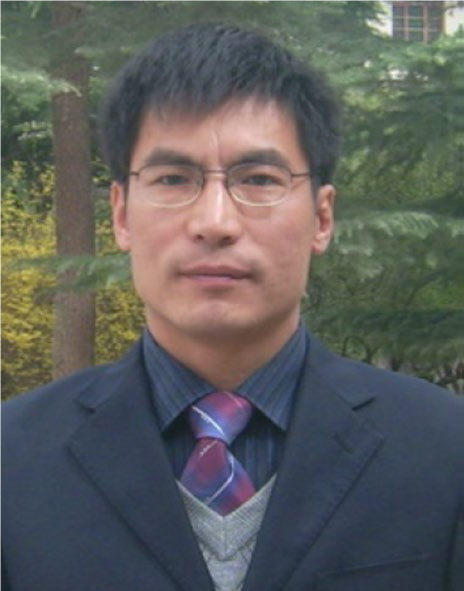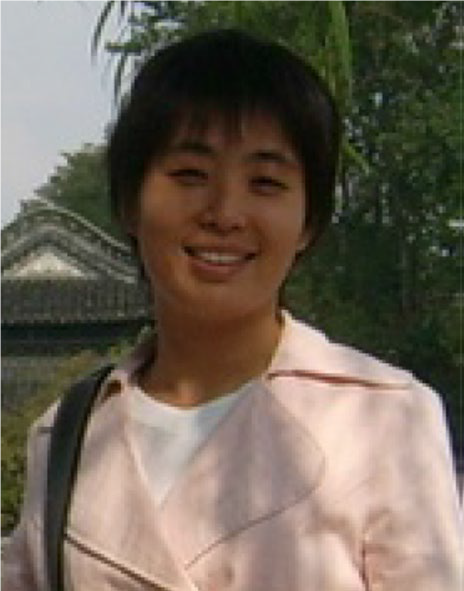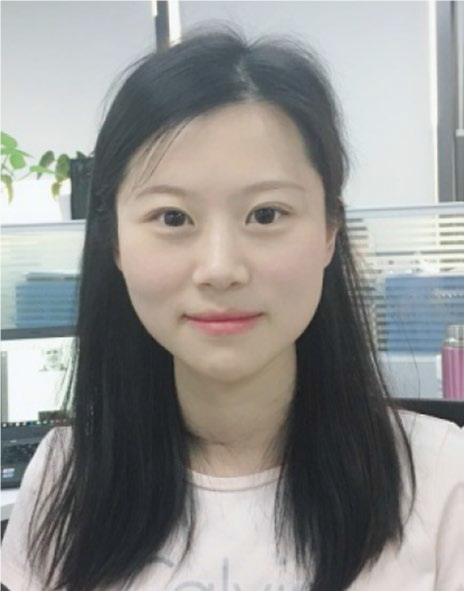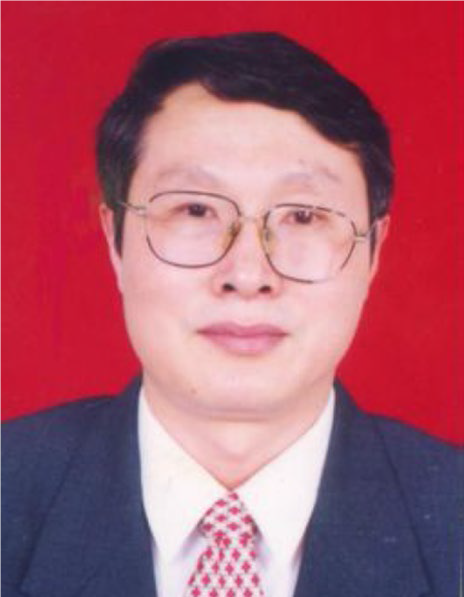博文
廖世军教授团队EER最新综述︱燃料电池应用中的核壳结构低铂电催化剂
||
最新综述:铂基催化剂是低温燃料电池最有效的催化剂,但其商业化应用受制于过高的成本和元素稀缺性。最有效的降低铂负载的策略之一是在其他金属核上沉积单层或几层铂,形成核壳结构的电催化剂。其中核的组成可分为五类:以Pd、Ru和Au为代表的单质贵金属核,以Cu、Ni、Co和Fe为代表的单质非贵金属核,含有3d、4d或5d金属元素的合金核,碳化物核和氮化物核。研究人员发现碳化物核和氮化物核在降低Pt壳的成本和提高活性方面与合金核相比有巨大优势;此外还发现拥有较为合理的厚度和组分的理想壳层对于电催化性能有至关重要的作用。最近,研究人员还发现核壳结构催化剂的活性取决于吸附剂的结合能,由铂的d能带中心决定。该d带中心的移动主要受应变和电子效应的影响,可通过改变催化剂的核组成和壳厚度来调节。核壳结构的开发中,最佳的合成方法是关注的要素,因为它直接决定了电催化剂的实际应用潜力。本文讨论了核壳结构低铂电催化剂的原理、各种合成方法的进展、每种核的性质及其对Pt壳催化活性的影响,此外还论述了有关这类催化剂的众多观点,并提出了未来的研究方向。

Core–Shell-Structured Low-Platinum Electrocatalysts for Fuel Cell Applications
Abstract:
Pt-based catalysts are the most efficient catalysts for low-temperature fuel cells. However, commercialization is impeded by prohibitively high costs and scarcity. One of the most effective strategies to reduce Pt loading is to deposit a monolayer or a few layers of Pt over other metal cores to form core–shell-structured electrocatalysts. In core–shell-structured electrocatalysts, the compositions of the core can be divided into five classes: single-precious metallic cores represented by Pd, Ru, and Au; single-non-precious metallic cores represented by Cu, Ni, Co, and Fe; alloy cores containing 3d, 4d or 5d metals; and carbide and nitride cores. Of these, researchers have found that carbide and nitride cores can yield tremendous advantages over alloy cores in terms of cost and promotional activities of Pt shells. In addition, desirable shells with reasonable thicknesses and compositions have been recognized to play a dominant role in electrocatalytic performances. And recently, researchers have also found that the catalytic activity of core–shell-structured catalysts is dependent on the binding energy of the adsorbents, which is determined by the d-band center of Pt. The shifting of this d-band center in turn is mainly affected by strain and electronic effects, which can be adjusted by adjusting core compositions and shell thicknesses of catalysts. In the development of these core–shell structures, optimal synthesis methods are of primary concern because they directly determine the practical application potential of the resulting electrocatalysts. And in this article, the principles behind core–shell-structured low-Pt electrocatalysts and the developmental progresses of various synthesis methods along with the traits of each type of core and its effects on Pt shell catalytic activities are discussed. In addition, perspectives on this type of catalyst are discussed and future research directions are proposed.
文章信息
文章将发表于 EER 期刊 2018 年第 1 卷第 3 期,详情请阅读全文,可免费下载。
文章题目:Core–Shell-Structured Low-Platinum Electrocatalysts for Fuel Cell Applications
引用信息:Wang, R., Wang, H., Luo, F. et al. Electrochem. Energ. Rev. (2018). https://doi.org/10.1007/s41918-018-0013-0
关键词:核壳结构,壳成形,壳厚度,核组分, 核壳相互作用
全文链接:https://link.springer.com/article/10.1007/s41918-018-0013-0/fulltext.html
原文(扫描或长按二维码,识别后直达原文页面):

作者简介

Dr. Rongfang Wang (first author) obtained a B.Sc. degree from Henan University and attended South China Normal University and South China University of Technology to obtain his M.Sc. and Ph.D. degrees in 2005 and 2008. Following a postdoctoral appointment at the State Key Laboratory for Physical Chemistry of Solid Surface in the Department of Chemistry at Xiamen University and the University of Western Cape, he started his independent career at Northwest Normal University. In 2016, he worked at the University College of London as a visiting scholar, and currently, he is a professor at the college of Chemical Engineering at Qingdao University of Science and Technology. His research interests are related to the design and synthesis of novel functional materials and devices for energy conversion and storage, including fuel cells, hydrogen storage devices, and supercapacitors.

Dr. Hui Wang received her Ph.D. from Lanzhou University of Technology in 2015. Since then, she has conducted research as a research associate in Prof. Rongfang Wang’s group. Her current research includes the design of alloy catalysts, carbon materials and metal oxides applied in electrochemical conversion and energy storage devices.

Dr. Fan Luo received her B.S. in Applied Chemistry from the South China University of Technology in 2010. She subsequently completed her Ph.D. in Applied Chemistry at the South China University of Technology in 2015 under the direction of Dr. Shijun Liao, studying fuel cells and electrocatalysts.

Dr. Shijun Liao (corresponding author) is a professor at the South China University of Technology and the director of the Key Lab of Fuel Cell Technology of Guangdong Province. He received his Ph.D. in industrial catalysis from the South China University of Technology in 1999, and his research is focused on electrocatalysis and fuel cell technologies, including the research and development of novel catalysts for fuel cell applications, new preparation methods for high-performance membrane electrode assemblies, as well as applications of high-performance stacks and systems. Dr. Liao has co-authored more than 260 research papers published in referenced journals and holds over 30 patents in China. In addition, he has also received three awards from the China Education Ministry for excellence in research. Dr. Liao is an active member of the Catalysis Society of China and the Electrochemistry Society of China, as well as the associate editor of the Journal of Nanomaterials and a board member of Scientific Reports and five other international and Chinese journals.
杂志介绍 Electrochemical Energy Reviews (《电化学能源评论》,简称EER),该期刊旨在及时反映国际电化学能源转换与存储领域的最新科研成果和动态,促进国内、国际的学术交流,设有专题综述和一般综述栏目。EER是国际上第一本专注电化学能源的综述性期刊。EER覆盖化学能源转换与存储所有学科,包括燃料电池,锂电池,金属-空气电池,超级电容器,制氢-储氢,CO2转换等。 EER为季刊,每年3月、6月、9月以及12月出版。 创刊号在2018年3月正式出版。 欢迎关注和投稿 期刊执行严格的同行评议,提供英文润色、图片精修、封面图片设计等服务。出版周期3个月左右,高水平论文可加快出版。欢迎关注和投稿。 E-mail: eer@oa.shu.edu.cn Website: http://www.springer.com/chemistry/electrochemistry/journal/41918 http://www.eer.shu.edu.cn Tel.: 86-21-66136010 �
�
关注微信公众号,获取科研动态
https://blog.sciencenet.cn/blog-3390413-1141689.html
上一篇:张华民教授团队和孙学良教授团队EER最新综述
下一篇:刘美林教授团队EER最新综述︱固体氧化物燃料电池电极材料的原位和表面增强拉曼光谱研究